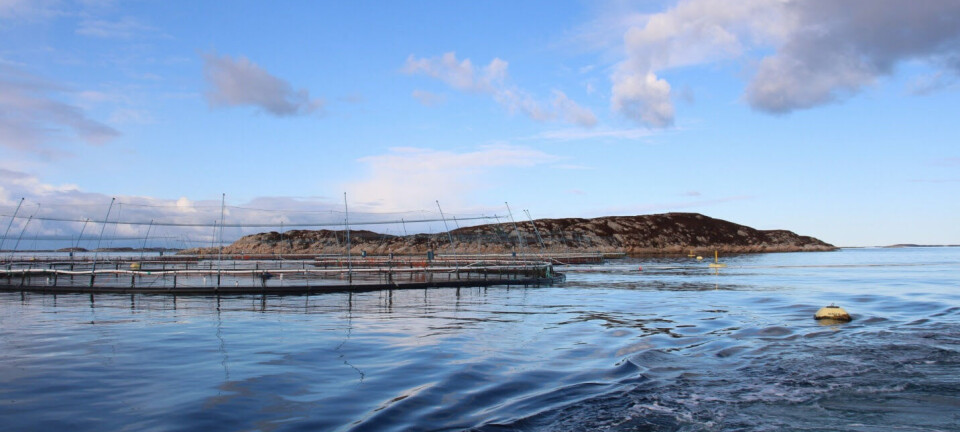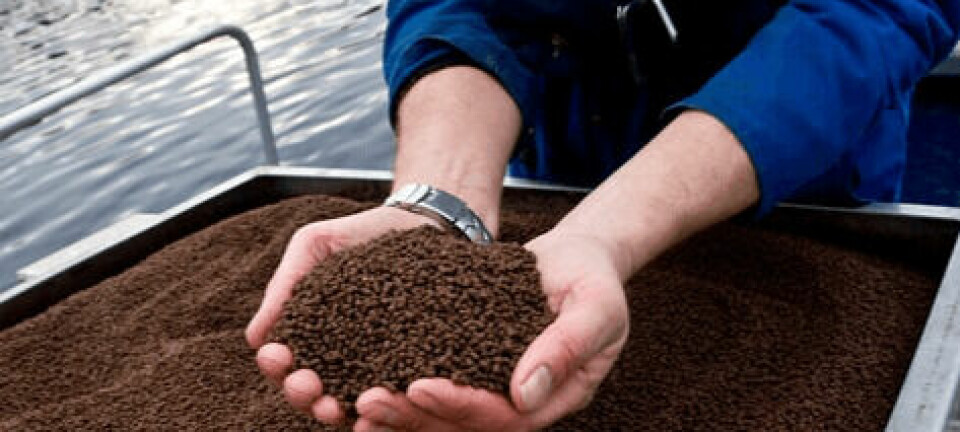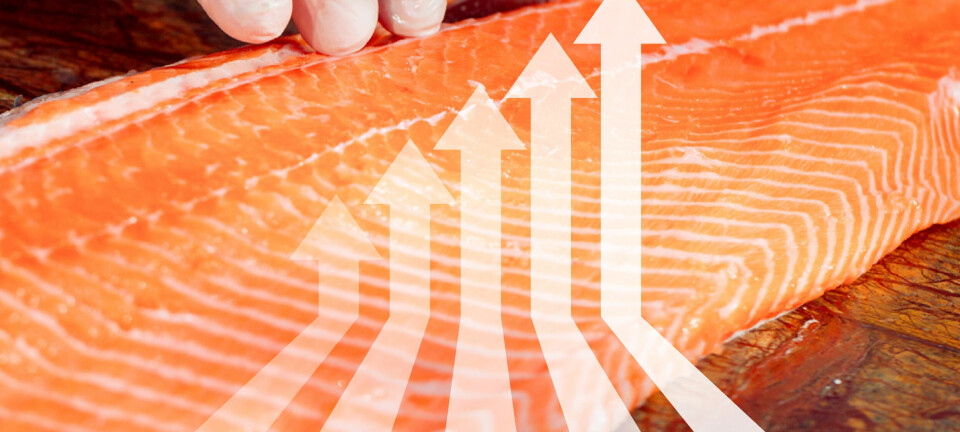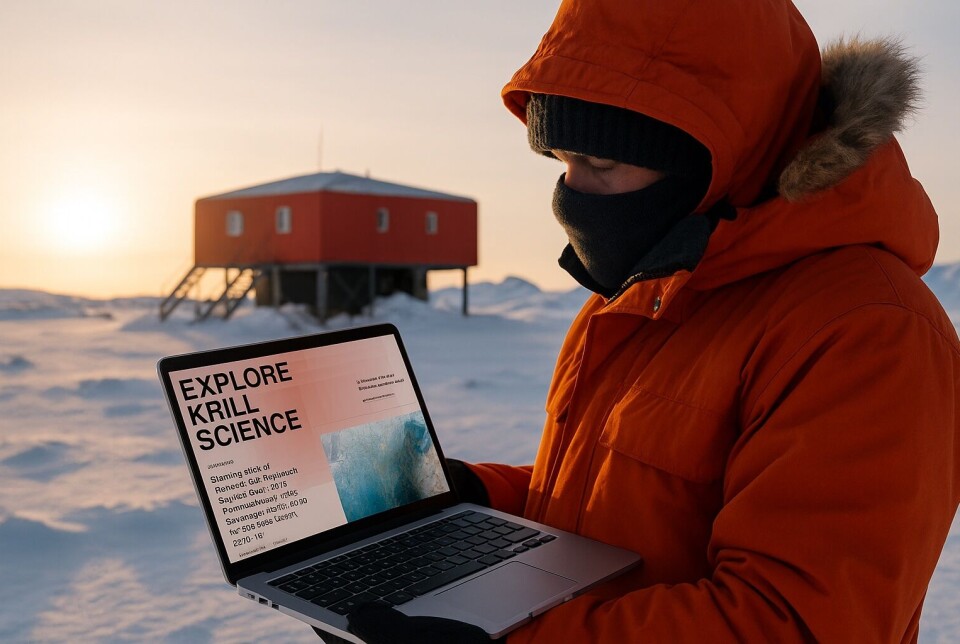
Harvester launches online hub of krill science
New resource delivers research about the crustaceans used in fish feed 'in an accessible way'
Norwegian krill harvester Aker QRILL Company today announced the launch of Krill Science Hub, which it says is the world's first comprehensive digital platform dedicated to Antarctic krill and ecosystem research. Krill is used in some salmon feed formulations and is high in omega-3.
The initiative makes 20 years of peer-reviewed scientific literature accessible to researchers, policymakers, and the public through a single, curated source.
Aker QRILL Company said Antarctica and its krill ecosystem are among the most important areas on Earth and that until now, no centralised platform existed to aggregate a scattered but significant body of research on this vital ecosystem. Krill Science Hub addresses this gap by systematically collecting and presenting peer-reviewed studies from 2005-2025, covering krill biomass dynamics, ecosystem interactions, and environmental impacts of harvesting.
“Centralising peer-reviewed Antarctic research in an accessible format addresses a critical need in polar science. Initiatives like this will significantly benefit both the scientific community and informed public discourse by making decades of rigorous ecosystem research readily available to those who need it most,” said Bjørn Krafft, principal scientist at Institute of Marine Research, Norway.
Summaries and key findings
The platform launches with 50 peer-reviewed articles from leading academic journals, each accompanied by expert-drafted summaries and key findings sections to enhance accessibility for diverse audiences. This approach reflects the platform's commitment to maintaining the highest academic standards while making complex research understandable to non-specialists.
Krill Science Hub operates as an independent platform, welcoming input and suggestions from the global scientific community. The initiative aligns with broader efforts to democratise access to scientific research and bridge the gap between academic findings and public understanding.
“The Antarctic region plays a fundamental role in global ocean systems, yet access to comprehensive research on krill and the broader ecosystem has been fragmented and challenging,” said Pål Skogrand, vice president policy and impact at Aker QRILL Company. “Krill Science Hub represents the first site where decades of rigorous Antarctic science have been gathered in one accessible location.”
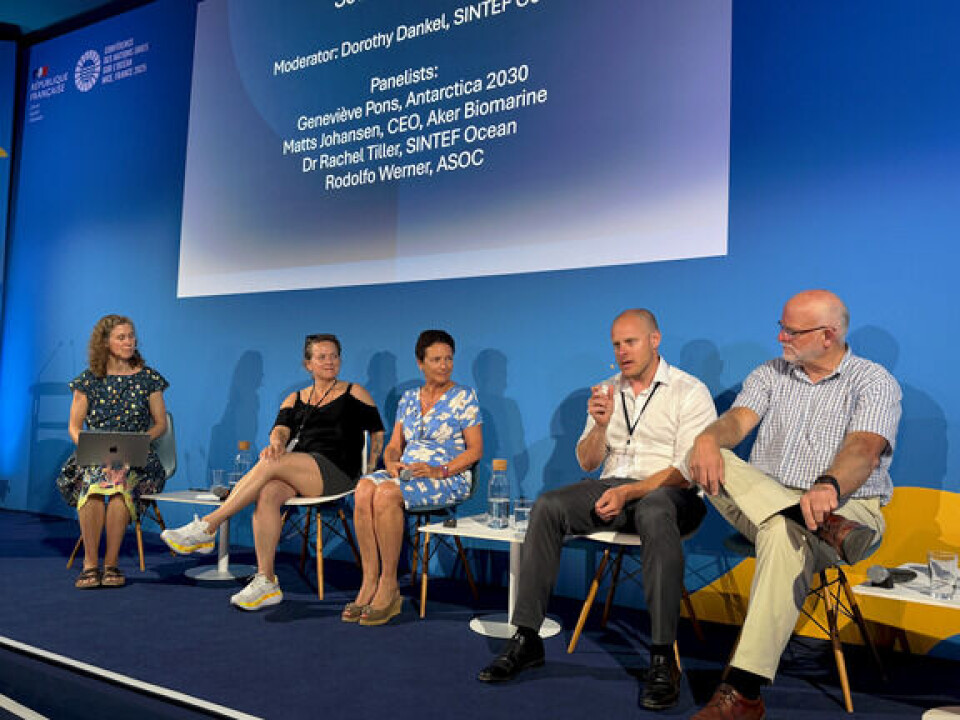
At the 2025 United Nations Ocean Conference earlier this month, Aker QRILL Company and its former owner Aker BioMarine announced ongoing work to secure new marine protected areas (MPAs) in Antarctica. The companies said this represents a rare case of an industry taking the initiative to push for regulations that directly affect its own operations. The proposed protected area would protect almost 70% of the Antarctic Peninsula.
The companies commit to leading the effort for new protected areas and to working with involved nations to reach agreement on a 455,957 km² marine protected area around the Antarctic Peninsula during the autumn 2025 meeting of Commission for the Conservation of Antarctic Marine Living Resources (CCAMLR), which has 27 member countries or regional economic integration organisation (e.g. the European Union) and manages harvesting limits.
Industry ready to act
Adoption of the proposal would protect almost 70% of the area of the Antarctic Peninsula and make a significant contribution to the United Nations’ goal of protecting 30% of the ocean by 2030.
“This is about taking responsibility for the future of Antarctica,” said Matts Johansen, chairman of AkerQRILL Company and chief execuitive of Aker BioMarine. “We believe that science-based management and real dialogue between nations can lead to progress. The industry is ready to act, even when it means closing large fishing grounds that directly impact our own operations. This is necessary to ensure sustainable management of Antarctica in the long term.”

























